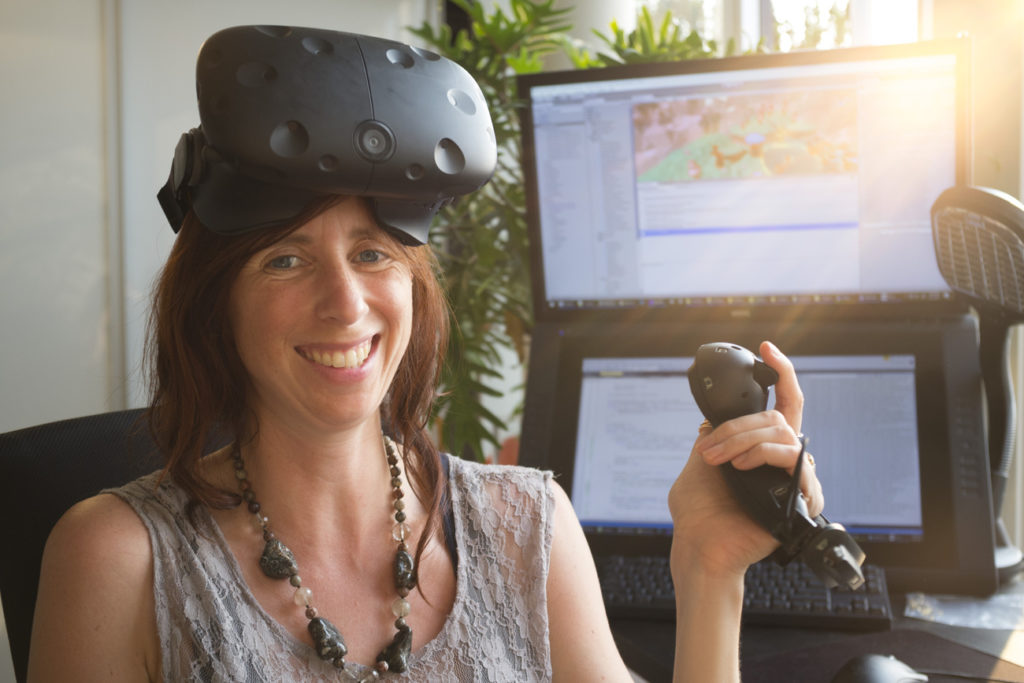News
How VR is Shaping Real Life Storefronts
Virtual Reality was once a far-off dream for techies and gamers. The ability to create an alternate universe where gaming scenarios could be played out was, at one point, the height of any video game fan’s fantasy.

Then, something amazing happened. When Sony introduced Virtual Reality headsets a few years ago, they were on every kid’s (and some adults’) Christmas wish list.
Public access VR started as the most high-tech gaming system on the market.
The headsets created a completely immersive experience where some of your favorite games allowed you to see everything within the game from the complete perspective of the main character.
The same way that 3D movies once created a frenzy, so did VR with games that ranged from dinosaur adventures to swimming in the deep sea. Sony also introduced games that were actually not games at all. These offered users a “mini vacation” of soaking up sun on a virtual beach, touring Paris, or simply a relaxing trip through outer space without interference from vessel failure or alien attacks. This was the beginning of VR expanding.
Soon, VR was being used for a lot of things- not just gaming.
VR had been used in the classroom for a while, but the perfection of its design found it being used even more often in training doctors, soldiers, and even firefighters on how to navigate safely through sometimes dangerous situations.
Museums across the globe also adopted VR to be used in their exhibits, allowing visitors to experience places in time through a “digital teleport.”
VR became more than just a fun game. It was now a learning tool.
VR is now being used by retailers and designers.
In Japan, some stores have now taken to using VR to allow shoppers to try on and change the color of various outfits without the need to physically try on the clothes. They claim it helps reduce theft.
Also in Japan, hairdressers are using VR to allow their clients to try out hairstyles.
When architects and designers got a hold of VR, though, they had bigger ideas.
Storefronts are being shaped by preferences in the VR universe.
Some designers are now using VR to shape storefronts and determine what signage and lighting is best for their business. Sometimes, the placement of a building can create issues when it comes to traditional signage or lighting and designers have found that VR helps them to get a better perspective of how things should fit.
Using VR, these designers are able to figure out what signage will be needed and where lights, direction signs, and pathways are needed most. They can even figure out advertising placement and what kind of foot traffic they should expect to receive.
Persona does not offer VR design services currently, however we can work with your designer to create the perfect signage and lighting for you. We do, however, currently use photometric software to create a 2D image of properties when designing our lighting packages. We are also one of the first in the industry to implement Virtual Attention Software (VAS), using neurological science to create images that use the way our brains work to create mapped images of signs and lighting. Look for a more in-depth article on VAS in the coming weeks!